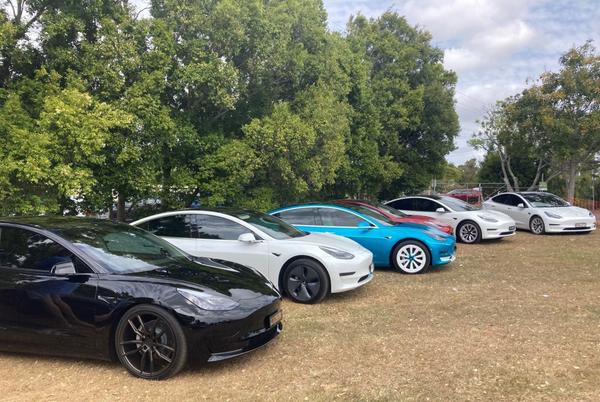Because electric cars don’t have an engine, a gearbox and a fuel tank, the traditional car design needs a rethink

Recently, Mahindra & Mahindra unveiled five electric SUVs that will be developed on the purpose-built INGLO platform. Earlier this year, Tata Motors launched its born-electric pure electric vehicle (EV) architecture, on which only EVs will be developed, and the first car on this architecture will be launched in 2025 (the AVINYA concept car has been built on this).
In 2020, Hyundai had unveiled the E-GMP modular platform, on which future Hyundai, Kia and Genesis electric cars are being developed.
Prior to that, Volkswagen had developed the Modular Electric Drive Matrix (MEB) for developing electric cars.
Also Read : Gold Price Remains Unchanged On Monday: Check Price of the Yellow Metal in Your City Here
Why do EVs need a new platform?
Because electric cars don’t have an engine, a gearbox and a fuel tank, the traditional car design (usually engine and gearbox in the front, passenger compartment in the middle, and luggage space and fuel tank at the rear) needs a rethink.
Electric cars have a battery pack that can be installed under the floor, electric motors that can be placed between the tyres, and flexible wiring for charging and current flow. So, the front engine space, gearbox space and fuel tank space can be utilised for something else.
Can’t EVs be designed on existing platforms?
These can be. Tata Nexon EV and Tigor EV, for example, are cars in which the petrol/diesel engine and their associated parts were removed and electric powertrain installed. Globally, BMW i4 is a great example of an internal combustion engine car turned electric, as is the Volvo XC40 Recharge.
It is also the simplest and quickest method to build an EV. Tata Motors, for example, developed the Nexon EV in a matter of couple of years.
But these cars have unnecessary relics from the fossil age. In the i4, for example, the transmission tunnel (which runs between the front and rear seats) is unnecessary because the car doesn’t have a drive shaft (propeller shaft, which transmits torque from the engine to rear wheels). This transmission tunnel eats up legroom of the middle (third) passenger sitting on the rear seat. It’s not easy to remove because for that the entire chassis has to be redesigned.
Therefore, it’s better to have an all-new platform on which EVs can be designed cost-effectively.
Are these platforms modular?
These have to be modular to save costs. This implies that, on a single platform, a carmaker can develop a long-range EV as well as an EV designed for city usage. It can develop a large-size electric SUV or a small-size electric sedan. The platform essentially allows easy reconfiguration of the wheelbase (distance between front and rear tyres), track width (distance between parallel tyres) and battery housing.
For example, if a carmaker has to design a small and affordable electric car for city driving, it can shorten the wheelbase and track width, and reduce battery cells. If it has to design a large, long-range electric SUV, widen the track width, make the wheelbase longer, and add more battery cells.
Therefore, a dedicated EV platform makes manufacturing easier and more cost-effective for carmakers.
Also Read : Reliance, Cipla, NHPC, Lemon Tree, Canara Bank, NDTV, Ultratech Cement, Adani Enterprises stocks in focus
What are the famous EV platforms?
Volkswagen’s MEB is possibly the most famous EV platform, because the German carmaker is designing maximum body types on a single platform and has one of the largest networks of car manufacturing across the world.
Ford has the Global Electrified 1 platform, Honda has the e platform, Hyundai has the E-GMP (Electric Global Modular Platform), Renault-Nissan-Mitsubishi alliance has the CMF-EV, and BMW is developing a dedicated EV architecture (to be ready by 2025).
Mercedes-Benz is developing the Mercedes Modular Architecture (MMA)—ready by 2024-25—but its existing electric cars (like the EQS) have been made on the Electric Vehicle Architecture (EVA). While the EVA is a bespoke EV platform, the MMA will be an electric-first platform.



































